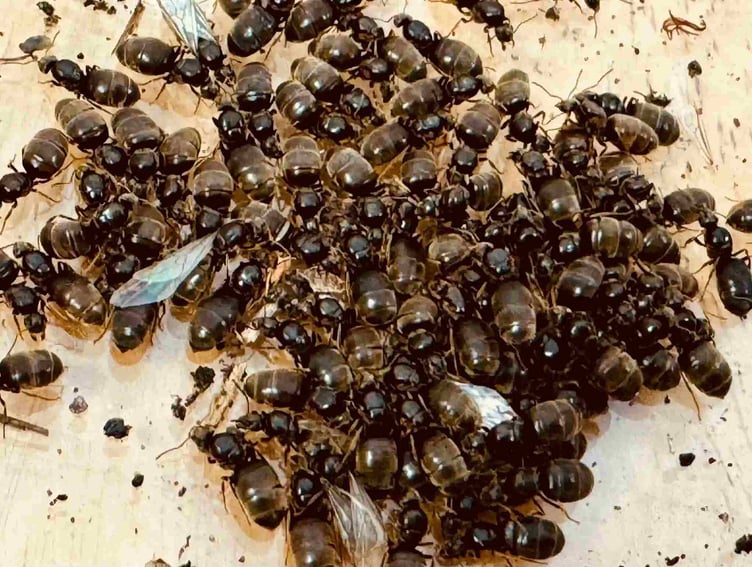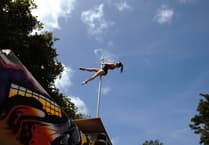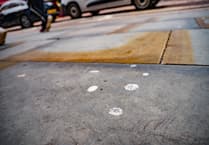Flying ants are expected in the South Hams this year between July 15 and 22 with a peak between 18 and 20 according to https://www.bestantsuk.com
These insects serve a crucial purpose in nature.
The three must-have factors are: a hot day with temperatures above 22 degrees Celsius, wind speeds below 6 metres per second (13 mph) and there must be a slight rain the previous day or the same day in the morning.
The nuptial flight in Devon is always 3-6 days before London.
Met Office radar detects a flying ant swarm stretching more than a mile across the UK every year.
This natural event shows the true scale of their annual gathering. The flying ant season lasts several weeks, and 90 per cent of nuptial flights have occurred in July in the last 24 years.
By studying the winter patterns over the past 20 years, you'll see that colder winters lead to earlier nuptial flights.
For instance, after a particularly cold winter in 2018, the peak of the flying ants' activity was on July 5.
Recent climate research shows that rising global temperatures are most important in changing ant colony behaviour.
Ant colonies show remarkable sensitivity to temperature changes, and their activities depend on critical thermal thresholds.
Temperature plays a key role in ant colony development and behaviour.
Ants only emerge for flight when temperatures go above 25°C and wind speeds stay below 6.3 metres per second.
On days with mean temperatures above 25°C, flying ants appear somewhere in the UK.





Comments
This article has no comments yet. Be the first to leave a comment.